Thermal pollution is an unnatural change in the ambient temperature of a waterbody that deteriorates its quality.
Various industrial processes use water as a coolant and discharge hot water into the natural resource that affects the ecosystem and nearby communities.
The sudden rise or fall in the temperature of natural water bodies (ocean, lakes, rivers, and ponds) can cause imbalances in their molecular behavior.
Unlike other environmental issues such as air pollution, toxic emissions, waste generation, etc. thermal pollution is quite different from what anyone ever thought of.
This article will discuss what causes thermal pollution, its effect on the environment, and various control measures.
[lwptoc titleFontSize=”130%” itemsFontSize=”120%” backgroundColor=”#ffffff” borderColor=”#61d60e”]
What is Thermal Pollution [Definition]?
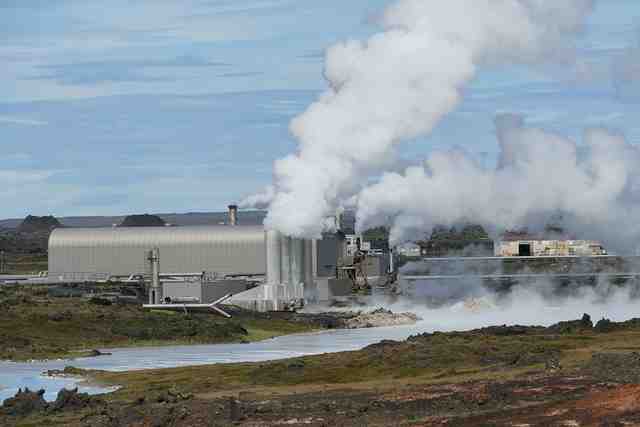
Heavy industries such as power, paper, nuclear, etc, use water as a coolant for the various processes due to its higher heat capacity.
These industries take water from the nearby natural water bodies and discharge it back to the natural system after usage.
So what is the problem here?
The water acting as coolant exchanges heat with the process fluid and, in turn, becomes hot, then thrown back into the water bodies.
When the altered water mixes with the natural water bodies, the effective temperature rises, which leads to a decrease in dissolved oxygen levels.
Water temperature influences the biological activity and growth of organisms that live in natural water bodies and a slight increase in temperature can cause difficulty in their survival.
So the definition goes like this:-
| Thermal pollution is the direct release or accumulation of unuseable heat into the natural water bodies that adversely affect the aquatic organisms and disturbs the ecosystem. |
But sometimes cold water can cause thermal pollution too.
The release of unnatural cold water can also change the local ecosystem and reduce the productivity of water bodies.
Main Causes / Sources of Thermal Pollution
Do you know what causes thermal pollution?
It looks like thermal pollution occurs mainly due to industrial activities, but there are natural sources as well.
These are:-
1. Heavy Industries
Industries such as power, chemical, nuclear & manufacturing are the primary source of thermal pollution.
These industries use water as a coolant and discharge it back at an elevated temperature (8-12 degrees higher) that affects the ecosystem.
Water bodies that are near the nuclear power plants get heated due to emissions from nuclear reactors.
Nuclear power plants require 30-80% more water than any other type of power plant.
Warm water decreases the dissolved oxygen content that results in thermal shock causing adverse effects on aquatic life.
Refer to the below graph, which shows the country-based share of the various power stations’ capacity and the thermal emission rate.
Clearly, the U.S., Europe & China are the major contributors to thermal pollution.
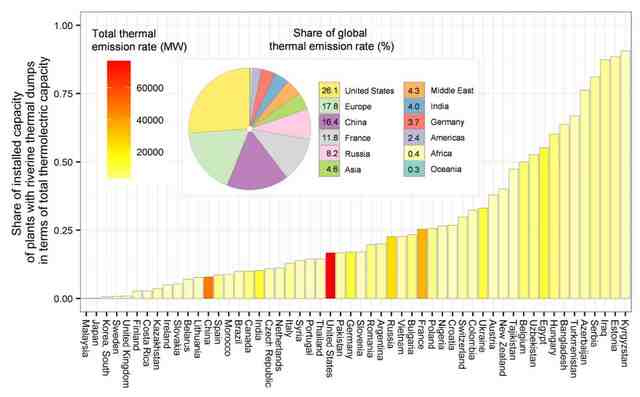
In order to protect the aquatic systems, there is an upper-temperature limit of water discharge (not exceeding 1.5 °C to 3 °C above natural temperatures in most countries), but the same is not being followed properly.
2. Domestic & Industrial Effluents
Household and industrial effluents that include drainage from hospitals and research institutions too are often discharged with minimum or no treatment.
Normally sewage treatment plants operate at a higher temperature and when discharged in natural water bodies the effective temperature increases.
Sometimes, these effluents contain unutilized heat, which can cause thermal pollution when dumped ineffectively.
Thus, domestic & industrial effluents are one of the main sources of thermal pollution.
3. Urban Stormwater Runoff due to Paved Surface

Do you know that the pavements hinder groundwater recharge as less amount will go inside the soil?
Yes, this is called runoff, which occurs due to paved surfaces in cities.
But how it acts as a source of thermal pollution?
During ample sunshine, the pavements get heated due to solar radiation, which ultimately heats the rainwater & stormwater.
The warm water does not percolate inside the soil and goes into a stormwater channel and finally gets mixed with the natural water bodies due to the pavements.
4. Deforestation
Deforestation is the removal of forests /trees for any type of land usage.
Forests cover almost 31% of the world’s land area but the massive deforestation campaign is a threat to the environment.
Just refer to the world resource institute’s data that shows the growing trend of tree cover loss.
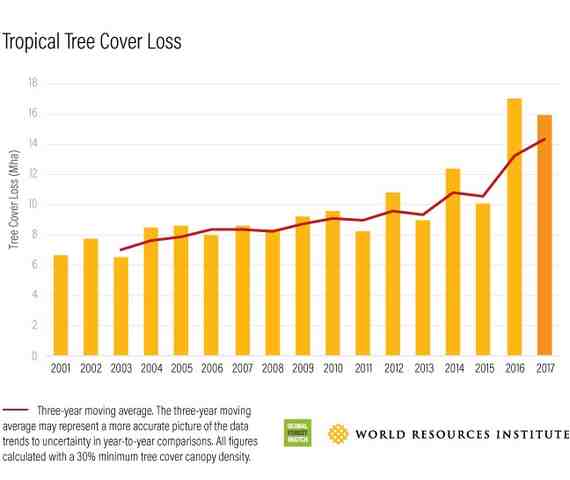
Forests provide shade and block the sunlight from falling directly onto the rivers, lakes, canals, and ponds.
Deforestation directly exposes the water bodies to the sunlight causing a temperature rise due to heat absorption.
5. Soil Erosion
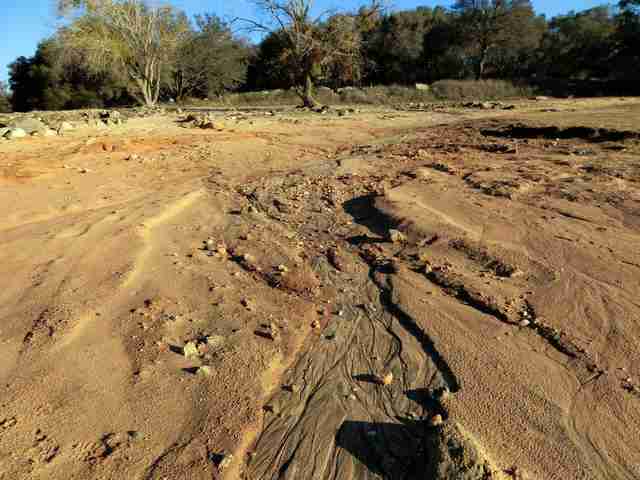
Do you know how does soil erosion causes thermal pollution?
Soil erosion causes the top layer of soil to break and washed away into the natural water bodies.
The level of water bodies rises due to consistent soil erosion and sedimentation, which makes it directly exposed to the sunlight.
Massive removal of vegetation and trees speeds up the soil erosion process, thus contributing to thermal pollution.
6. Geothermal Activities
Geothermal activities and volcanoes are the natural causes of thermal pollution.
Such activities below the ocean can cause a rapid increase in water temperature and affect marine life.
| More to Read! |
Harmful Effects of Thermal Pollution
Specific ecological imbalances occur due to increased water temperature affecting the associated ecosystem.
However, the warm temperatures positively impact certain species such as bacteria and algae, but overall, the negative impact outweighs it.
Let us discuss each of them in detail.
1. Reduction in Dissolved Oxygen Level
Do you know that what is the main effect of thermal pollution to the oxygen solubility in water bodies?
The solubility of dissolved oxygen decreases with an increase in temperature, thus less oxygen available for aquatic organisms.
Decreased dissolved oxygen levels also indicate that too many bacteria and excessive discharges are increasing the biological oxygen demand (BOD).
Marine plants & animals can suffocate due to low oxygen levels giving rise to anaerobic conditions.
Warm water favors algae to flourish on the water surface causing algal blooms that reduce oxygen levels further.
An article by Water Research Center shows that when the dissolved oxygen levels drop from 4-5 mg/l to 3 mg/l large population of fish can die or their reproduction rate drops drastically.
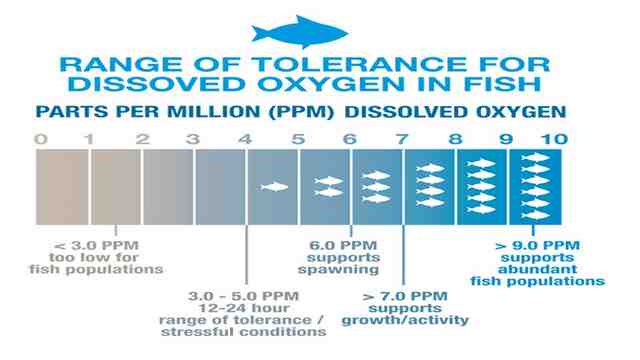
2. Alteration in Properties of Water
Warm temperature can reduce the density and viscosity of water and increase the settling time of suspended particles affecting marine organisms’ food supplies.
3. Thermal Pollution Cause Biodiversity Loss
Biodiversity is affected due to the movement or killing of marine organisms.
Owing to unfavorable conditions and increased water temperature, the organisms cannot reproduce so they simply move out of that area.
This is not a natural migration and it causes other plants & animals to lose their resources; hence the food chain gets disturbed
Thermal pollution not only affects marine organisms but aquatic plants too.
The formation of thermally polluted zones causes coral reef bleaching, leading to thousands of coral reefs’ death.
4. Increase in Toxicity Cause Thermal Pollution
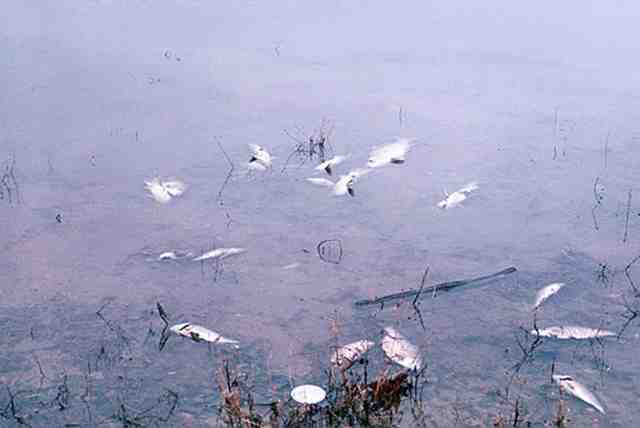
Industrial discharges contain metallic components & certain chemicals that combine with reduced dissolved oxygen and increased temperatures make the ecosystem toxic.
For example, a 10 degree Celsius rise in water temperature doubles the toxicity effect of potassium cyanide while an 80 degree Celsius rise triples the toxic effects of ortho-xylene.
It causes mass mortality of fishes and biological activity disturbance.
Nuclear power industries release water that is slightly radioactive into the natural system, causing an increase in toxicity.
5. Interference in Reproduction Rates
Thermal pollution adversely affects the natural reproductive cycles of fishes and other aquatic organisms.
Several activities like nest fielding, spawning, hatching, migration, and reproduction depend on a very optimum temperature range.
Due to thermal pollution, the temperature gradient of water bodies gets disturbed and affects whole aquatic organisms.
Excessive temperature rise can cause the premature hatching of eggs or prevent the normal development of certain eggs, leading to mortality or congenital disabilities in newborn fishes.
Due to thermal shock, mass killing of fishes and other aquatic organisms can occur when there is a very rapid water temperature change.
6. Increased Metabolic Rate
Warmer water temperature leads to faster metabolic rates and enzyme activity, which means that marine organisms need more food.
Due to thermal pollution, the local ecosystem’s burden increases, and it may not support a significant rise in food requirements.
This disrupts the food chain’s stability and alters the balance of species composition and leads to migration.
Control of Thermal Pollution
Thermal pollution control is necessary as it has devastating effects on the marine ecosystem.
Pre-cooling of warm water is necessary to prevent thermal pollution before discharging into nearby water bodies
Let us discuss various methods to control thermal pollution.
1. Cooling Towers
Cooling towers can regulate the water temperature very well by transferring heat from hot water to the atmosphere.
A Cooling tower removes the absorbed heat by the evaporation process and dissipates it into the atmosphere.
The cooling towers typically are of two types – Dry & Wet.
In a Dry cooling tower, the hot water flows in long spiral pipes.
Cool air with the help of a fan pass over these hot pipes which cools down the hot water that is recycled or discharged into the nearby water bodies.
In a wet cooling tower, hot water coming out from the condenser or reactor is sprayed over buffers and high-velocity cold air is passed from the sides which take away the heat and cool down the water.
2. Cooling Ponds

Cooling ponds or reservoirs are the most widely used technique for Substantial temperature reductions.
They have large surface areas that can store water for one to two days and are easily constructed nearby various industries.
Although cooling ponds are the best and cheapest method, it proves quite inefficient due to improper heat transfer.
3. Spray Ponds

In spray ponds, the water coming out from the condensers pass into the pond through water sprayer nozzles.
The fine water droplets dissipate into the atmosphere as its area is maximized and cooled rapidly.
4. Other Preventive Measures to control Thermal Pollution
a. Artificial lakes
b. Water Recycling
c. Afforestation along with the riverbank
d. Cogeneration Technology
e. Stricter Rules & Regulations
f. Spreading Awareness
g. Use of alternative cooling agent ( for example, fin fan coolers use air to cool)
Conclusion
We learned how various industries and power plants are discharging their waste heat and effluents directly into the nearby water bodies causing thermal pollution.
An increase in temperature can cause various changes in the water bodies and affects the aquatic ecosystems.
There are many stricter rules already in place but the industries are still following the conventional methods.
Many people don’t know what thermal pollution is as they can not foresee any direct effect on human beings.
In order to combat such issues, we need to be aware of the cause and effect of thermal pollution so that we are in a better position to control it.
What do you think about thermal pollution? Please provide your comments below and share this article to help others.
To join the Save Environment bandwagon, consider subscribing bharatgogreen.
References
- https://www.sciencedirect.com/topics/earth-and-planetary-sciences/thermal-pollution
- http://large.stanford.edu/courses/2019/ph241/clark1/
- Thermal pollution impacts on rivers and power supply in the Mississippi River watershed by Ariel Miara, Charles J Vorosmarty, Jordan E Macknick, Vincent C Tidwell, Balazs Fekete, Fabio Corsi, and Robin Newmark
- Thermal Pollution in Water by Lorin R. Davis
manufacture of oxygen